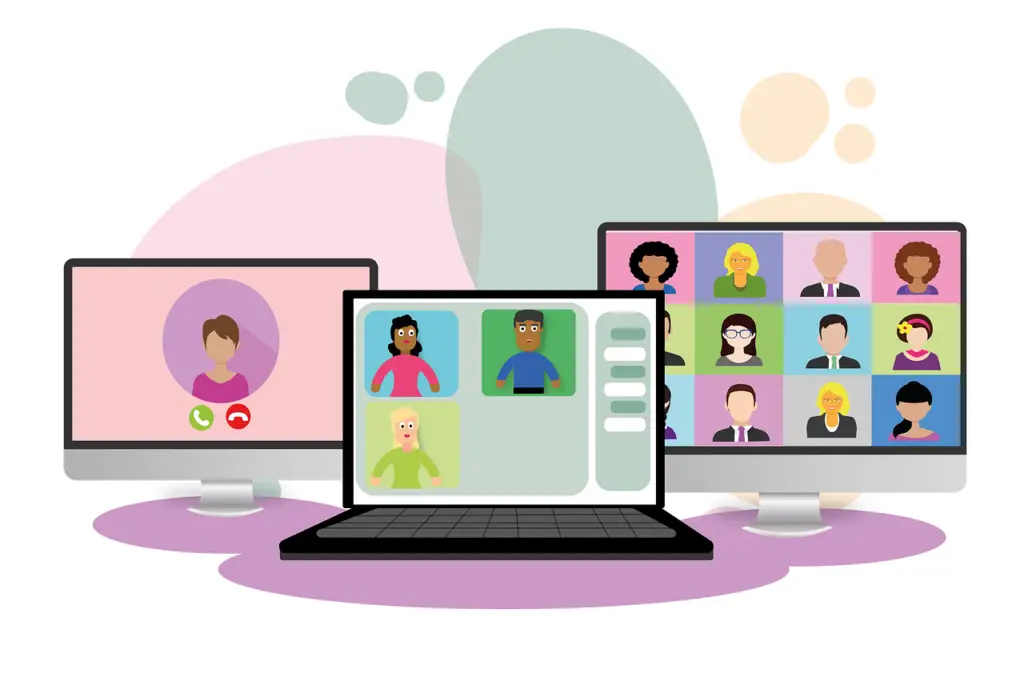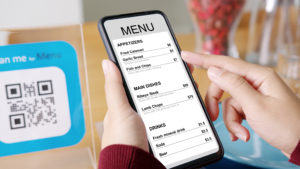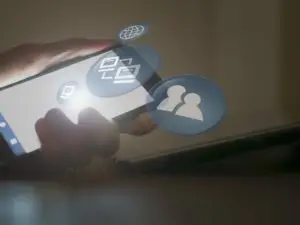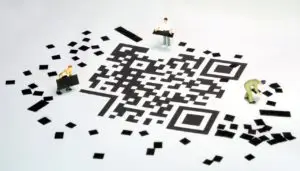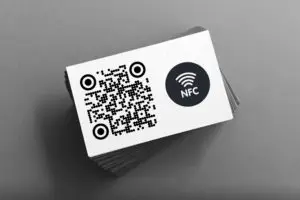Enhancing Zoom Meetings with QR Codes: A Smarter Way to Connect
Introduction:
In the era of virtual meetings, finding effective ways to streamline the connection process has become essential. Zoom has emerged as one of the leading platforms for video conferencing, enabling seamless communication. However, even with Zoom’s features, there can be room for improvement. This is where QR codes come in. In this blog post, we will explore how QR codes can enhance Zoom meetings, making the connection process easier and more efficient.
What are QR codes?:
QR codes, or Quick Response codes, are two-dimensional barcodes that contain information in a machine-readable format. They can be scanned using a smartphone camera or QR code reader apps. QR codes can store various types of information, such as text, URLs, contact information, and more.
How QR codes can enhance Zoom meetings:
- Simplified Meeting Joining Process: Instead of manually entering meeting IDs and passwords, participants can simply scan a QR code to join a Zoom meeting. This eliminates the chance of errors and saves time, especially for meeting participants who are less tech-savvy.
- Increased Security and Privacy: QR codes can be used to generate unique meeting IDs and passwords for each participant. This adds an extra layer of security, as the codes can’t be easily shared or forwarded. Meeting hosts can ensure that only intended participants can join by sharing the QR codes directly.
- Contactless Sharing: In the age of social distancing, QR codes enable contactless sharing of meeting details. Instead of physically exchanging meeting invitations or business cards, participants can generate QR codes containing their Zoom meeting details and share them digitally. This makes it easier to network and connect with others during virtual events or conferences.
- On-Screen Display: QR codes for Zoom meetings can be displayed on screen during webinars or presentations. This allows participants to quickly access additional information or resources related to the event, without disrupting the flow of the presentation. Attendees can instantly scan the QR codes and access websites, documents, or even surveys related to the session.
How to generate and use QR codes for Zoom meetings:
- Generating QR Codes: Several online QR code generators are available, such as qr-code-generator.com or qrstuff.com. These tools allow you to input your Zoom meeting details and generate a QR code.
- Scanning QR Codes: Participants can use their smartphone cameras or QR code reader apps to scan the QR codes. The QR code reader app will then direct them to the Zoom app or Zoom website, automatically joining the meeting.
- Displaying QR Codes: Meeting hosts or presenters can display QR codes on screen using slides or sharing their screen. Alternatively, they can share the QR codes through chat or email for participants to scan at their convenience.
Conclusion:
QR codes offer a simple and efficient way to enhance Zoom meetings. By streamlining the joining process, increasing security, enabling contactless sharing, and providing easy access to additional resources, QR codes provide a smarter way to connect and collaborate. Incorporating QR codes into your Zoom meetings can optimize efficiency, improve user experience, and create a seamless virtual meeting environment. So next time you host or attend a Zoom meeting, give QR codes a try and witness the transformation they bring.

